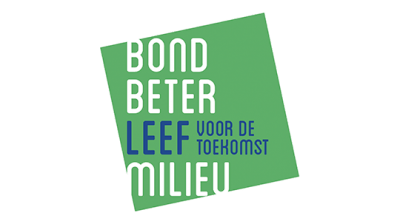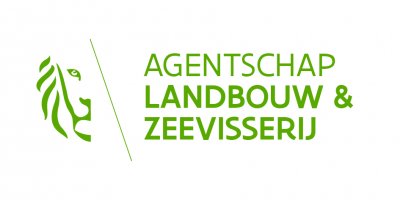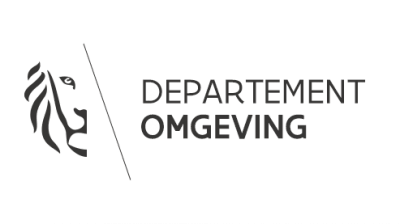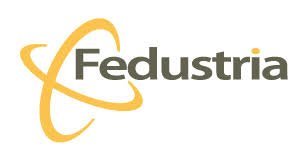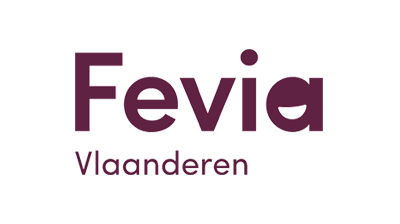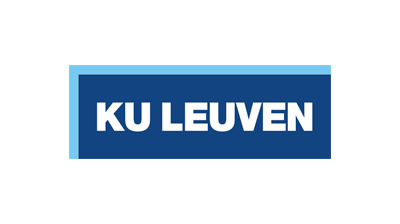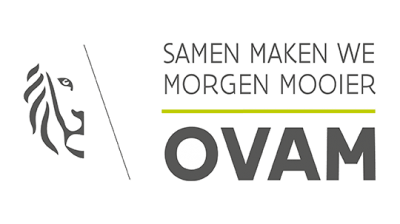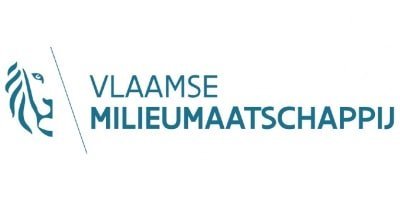Insurability of circular construction and circular buildings
Insurability of circular construction and circular buildings
Currently, there is still (too) much uncertainty about the insurability of circular buildings or circular construction projects. This constitutes one of the biggest barriers in the transition to a more circular construction sector. Insurability is about assessing and distributing risks, and assessing those risks requires knowledge and experience, something that is still clearly lacking.
That is why SECO (from technical expertise) and Common Ground (as process facilitator) started an investigation into that threshold and possible solutions. To this end, they worked closely with a series of frontrunners from both the construction and insurance sectors.
The ambition of the research was to draw up - from consultation with both sectors - a general framework with clear steps and recommendations, aimed at collecting and sharing relevant information.
Key results |
Key lessons learned |
|
|
What will the future bring?
The survey ensured that both insurers and insured agree on the need for a faster and more targeted exchange of information regarding circular construction. But opinions still differ on the detail of the information. Insurers often want more detailed information, while policyholders prefer not to share all data for fear of too strict policy conditions. Nevertheless, in recent months we have already seen initiatives emerging that put information sharing into practice.
We are therefore convinced that our research and insights will ensure that parties will come closer together, eventually finding a workable balance.
Specifically for SECO, the study meant an improvement in services related to circular construction. For instance, since 2020 they already have 23 ongoing projects in which they assist clients in normalising risks, which has an indirect and direct beneficial impact on their policy conditions. They also launched several new services to increase confidence in innovative and reusable building materials.
Additional resources were also provided to collaborate on a technical framework for circular construction practices. Finally, since the study, they recruited two engineers with a focus on circular construction and put effort into increasing internal knowledge on circular construction across the different departments.
Specifically for Common Ground, the process provided a sharper picture of the stakeholder field of circular building. In doing so, the process served as a good example of how parties with divergent interests can eventually find common ground to take steps towards the realisation of a socially important transition.
SECO Belgium
Partners Common Ground
Topics Levers: Legal › Raising awareness › Circular materials and building systems ›


